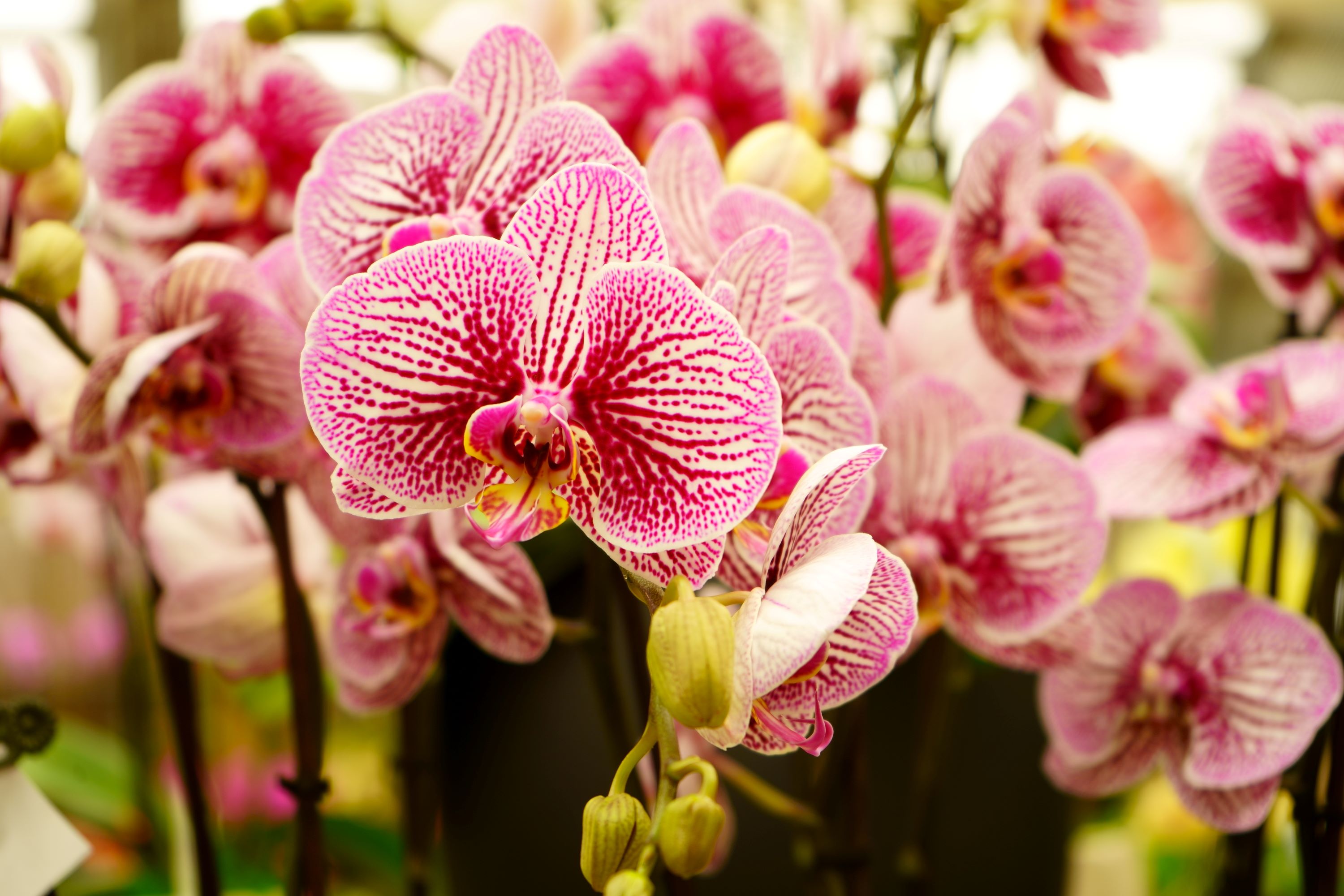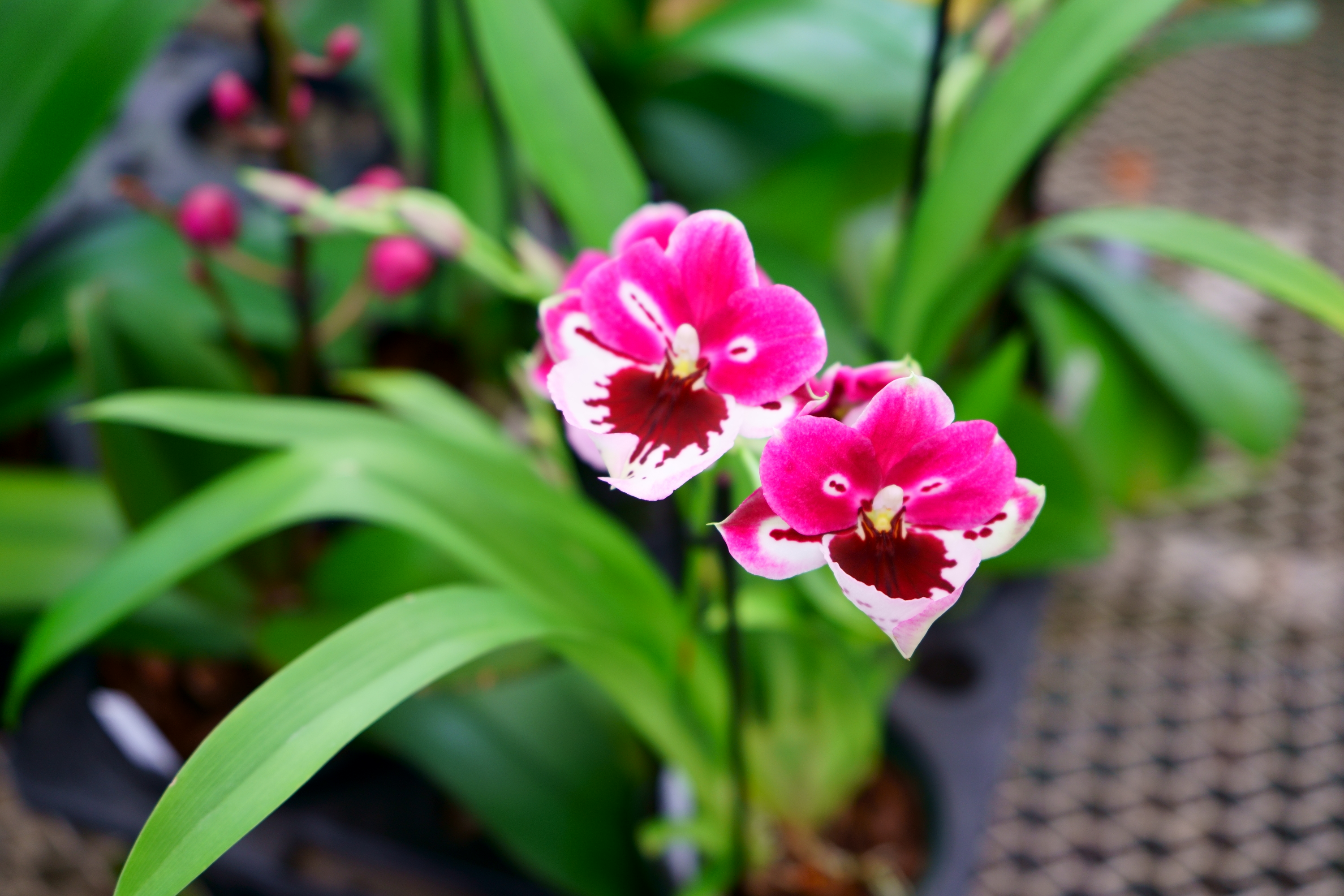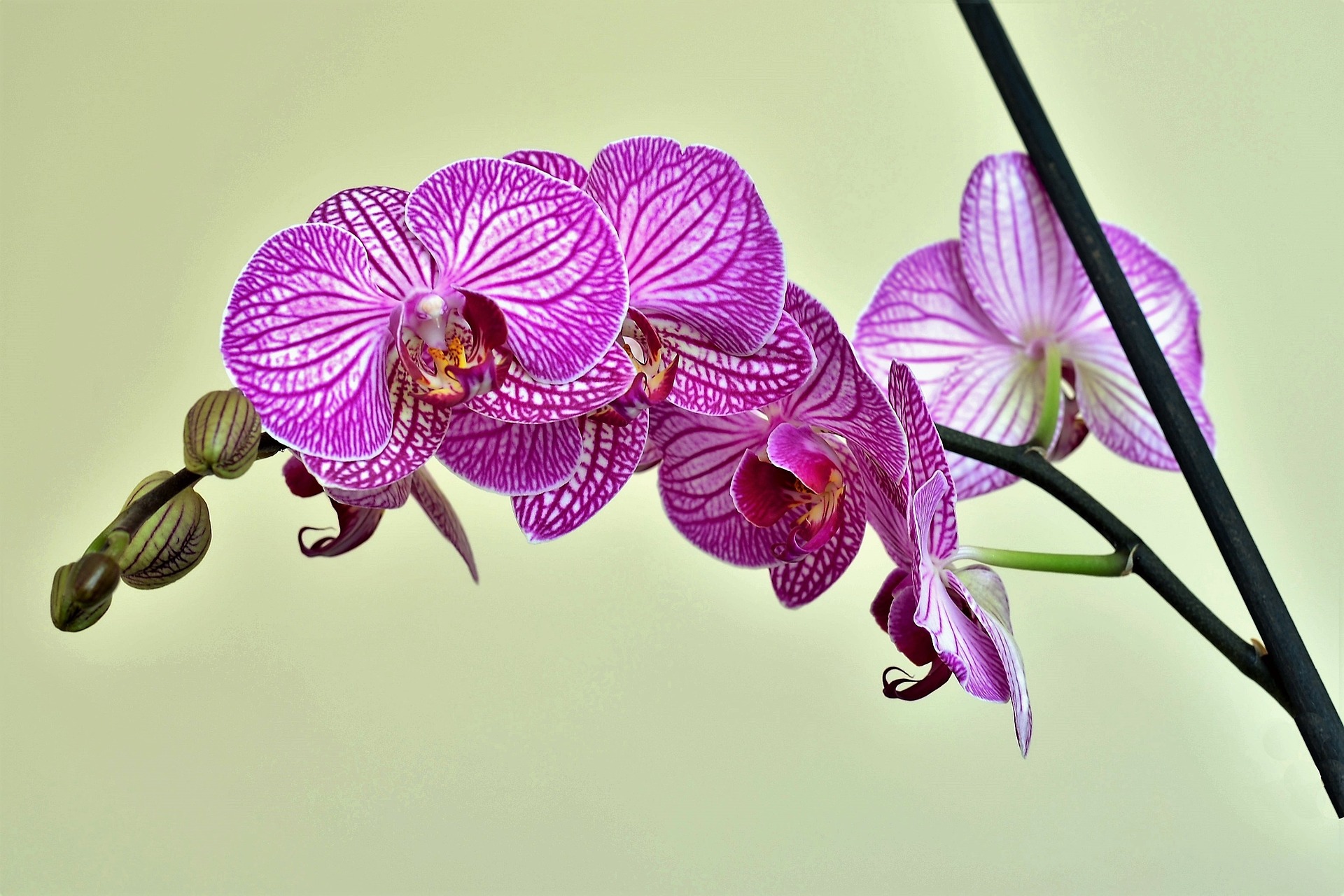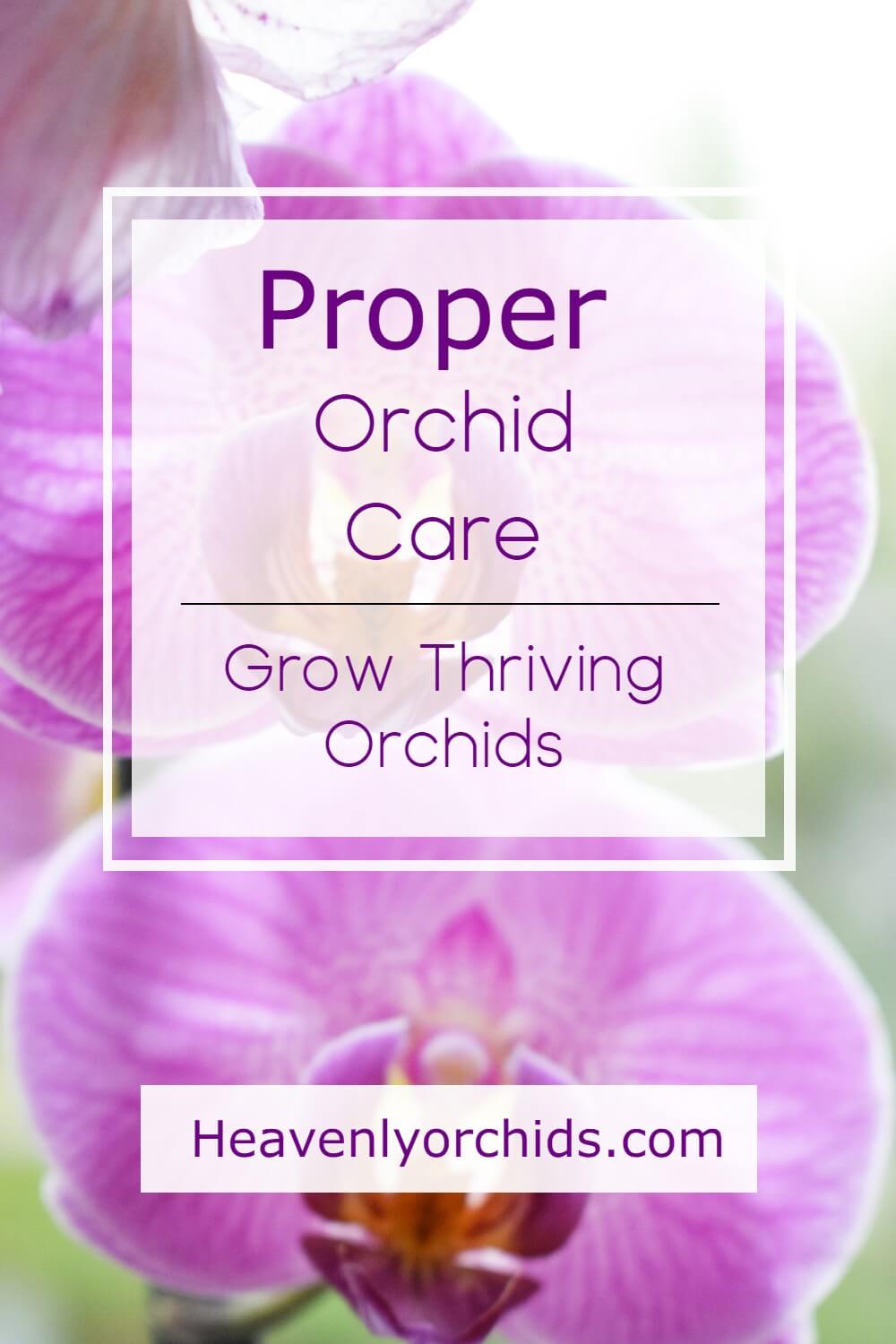- Home
- Fertilizing
- Proper orchid care
Proper Orchid Care-Grow Thriving Orchids
Proper orchid care involves paying attention to the factors that orchids need to thrive. Those being, light, water, fertilizer, growing medium and temperature. When one of these factors is out of balance, your orchid may not be doing as well as it should be. There are many genera of orchids and many species within those genera, so first of all it is important to know the requirements of the genera and species of orchid that you are caring for as they will have different needs. One of the most common and commercially available species of orchid is Phalaenopsis. There are over 60 true species of Phalaenopsis and thousands of hybrids in cultivation. Phalaenopsis, also sometimes called Moth Orchids, are one of the easiest orchids to grow, and are widely available. The following instructions can be used as a general guideline. For more specific proper orchid care instructions on different genera visit the American Orchid Society's culture sheets.
Proper orchid care growing medium
Many of the orchids in cultivation today are epiphytic orchids that originate from tropical regions and typically grow in the shade covering of trees, using their roots as an anchor system. In order to provide proper orchid care this means that the growing medium that we use in cultivation should allow for a lot of air flow. Never use soil for epiphytic or lithophytic orchids. Orchid roots love air flow and like to dry out between watering's. While there are a number of different orchid media blends on the market, they mainly fall into the categories of wood bark, sphagnum moss, a combination of wood bark and sphagnum moss, or LECA (lightweight expanded clay aggregate) and other less common ingredients like coconut coir. Wood bark or wood bark/sphagnum moss combination will work well for most genera and species. LECA is typically used in self watering semi hydroponic systems which can work for Phalaenopsis and other genera of orchids.
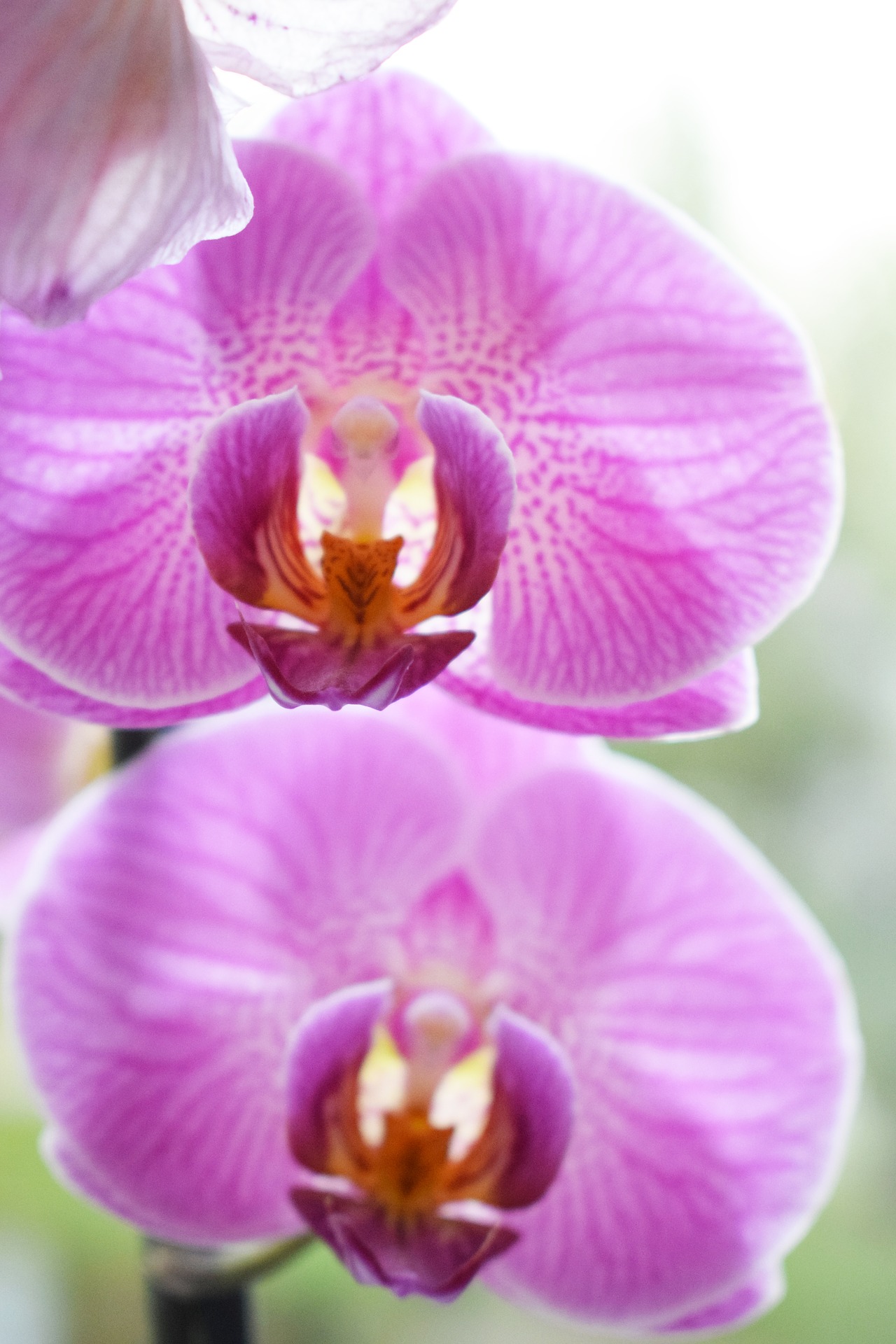
Proper orchid care light requirements
Different genera of orchids have differing light requirements. In order to provide proper orchid care, it is important to know the requirements of the genera that you have. A general guideline for most orchids is to choose a location with bright indirect light. All orchids have one thing in common and that is that they do not do well with direct hot sunlight. Bright, direct, hot sunlight will burn most orchid leaves and your orchid will likely die if exposed to hot sun for a period of time. Burning of orchid leaves is irreversible, so it is best to avoid this by carefully choosing the location that it will be occupying. Phalaenopsis do very well even in low light conditions. Miltoniopsis, Masdevallias, and some Paphiopedilums will also do well in low light conditions. Brassias, Cattleyas, Miltonias and Oncidiums like their light conditions a little brighter, bright shade is the best way to think about what they need. Vandas, some Cattleyas, and Brassavolas like very bright but indirect sunlight conditions. If you cant find a perfect location in your home for your orchid, you can always supplement with artificial light.
Proper orchid care watering
Proper orchid care watering depends on a number of factors. This includes the genera and species, local environmental conditions, and the type of growing media that you are using. Often overlooked is the type of water. You may think that water is water, but unfortunately that is not the case and not knowing what type of water that you are using could result in problems with your orchids in time. If in doubt, call your local water department or visit their website to see what kind of water that you have. Hard water in particular can be the most problematic. You can read more about why hard water is problematic here. The best sources of water that you can use for your orchids are rainwater, distilled water and reverse osmosis water. These sources have the lowest parts per million of total dissolved solids and this plays an important factor when it comes to fertilizing.
How much and how often should I water?
Unfortunately, there is no one size fits all for this question because of the various factors involved. It depends on the genus and the species of orchid, it depends on your environmental growing conditions whether you are in a hot and dry climate, a tropical climate or in colder parts of the world, and it depends on the growing medium that you are using or if you are air mounting your orchid and not using any growing media at all. As a general rule of thumb, you don't want to overwater nor do you want to underwater. And the amount of water that your orchid needs could be anywhere from once or twice daily to once a week and anywhere in between. Follow this link on how to water orchids as a guide. As a very general guideline, many orchids will benefit from watering at least once a week. Follow the instructions from the link above to the American Orchid Society's culture sheets for more specific genera instructions.
Proper orchid care fertilizing
When it come to proper orchid care, the terms fertilizing and watering are almost synonymous. Most commercially available fertilizers recommend feeding your orchids once per month. Many orchid growers find that their orchids benefit from more frequent but much weaker concentrations of fertilizer. This means that if you decide to follow what other orchid growers have found beneficial, use 1/4 of the dosage recommended on the bottle or package on a once weekly basis. An online calculator can be helpful to determine the calculation. For instance if the instructions call for one tablespoon of fertilizer per month, you could go to google and type "tsp to tbsp" to get a calculator. You will then get an answer that 1 teaspoon is about 1/3 of a tablespoon, so when calculating how much fertilizer to use, that means less than one teaspoon, the exact measurement is 3/4 of a teaspoon, which you could find by typing ".25" (1/4) in the tablespoon conversion box on the calculator. Try to follow this guideline as best as you can, when it comes to fertilizing, less is better. Orchids in their natural habitat get their fertilizer in minute quantities when it rains. Water containing bird and animal droppings drip off the leaves of the trees, minerals and micronutrients leach from the bark, and decaying fruit and leaves also provide nutrition. For even more precise fertilizing follow the instructions in the tab labeled advanced fertilizing in the navigation at the top of the page or click here.
Temperature
Many if not most of the orchids in cultivation today come from tropical and semi tropical regions. Therefore, they like temperatures between 60 and 90 degrees Fahrenheit (15 to 32 degrees Celsius) Avoid placing orchids in cold draughty areas or where they will be subject to frequent temperature changes, orchids don't like sudden temperature changes. One small caveat to this guideline is that some Phalaenopsis require a temperature drop into the mid 50's to low 60's Fahrenheit (13 to 17 Celsius) at night, and higher temperatures in the day in order to induce a flower spike and initiate flower production.
